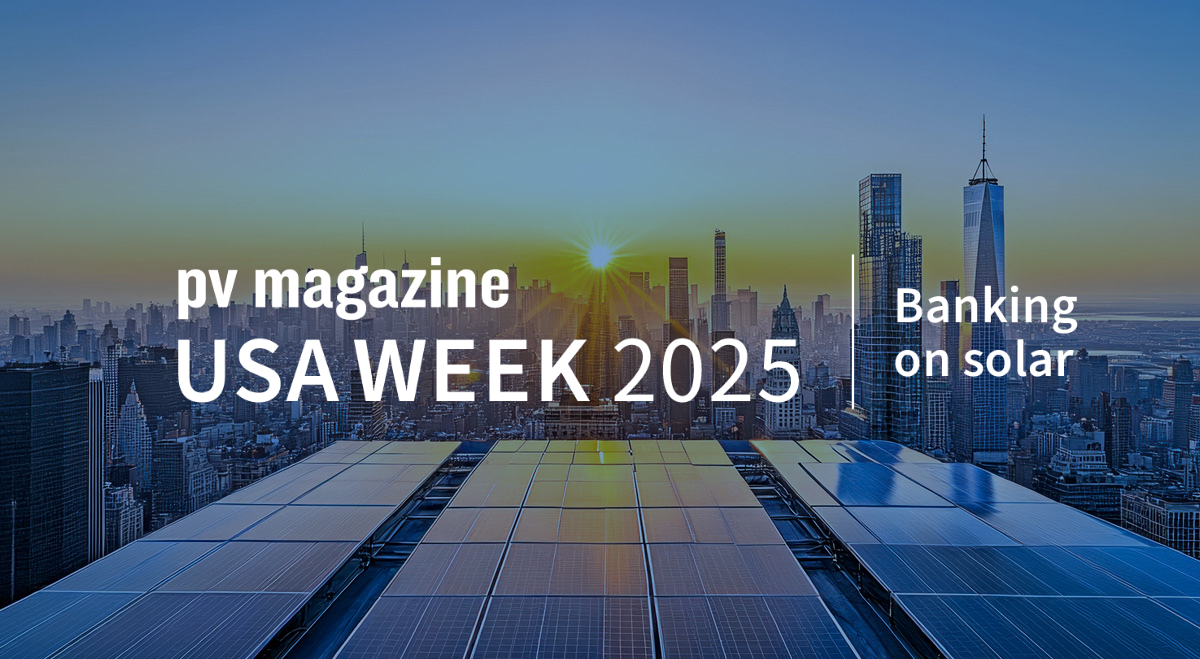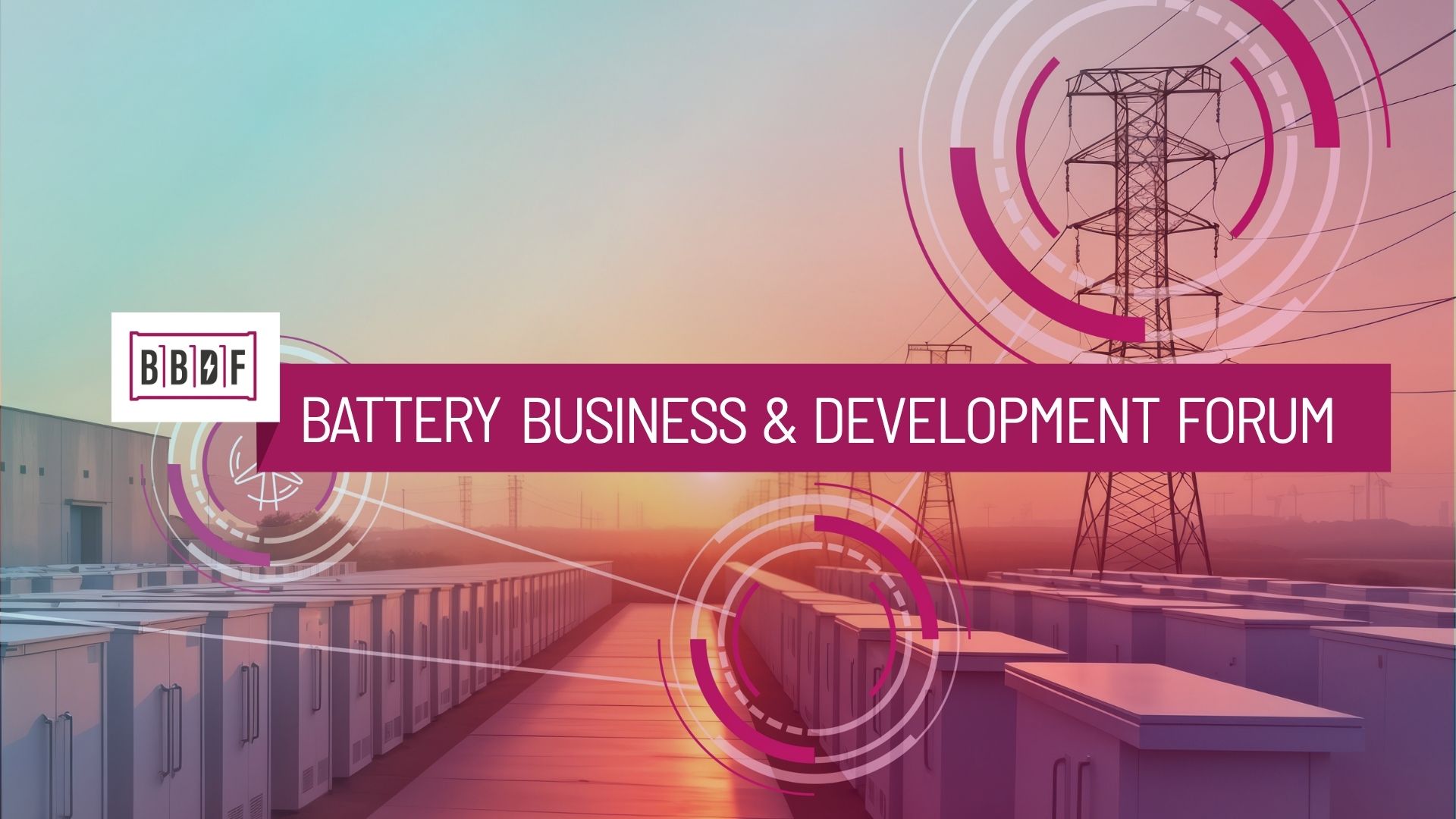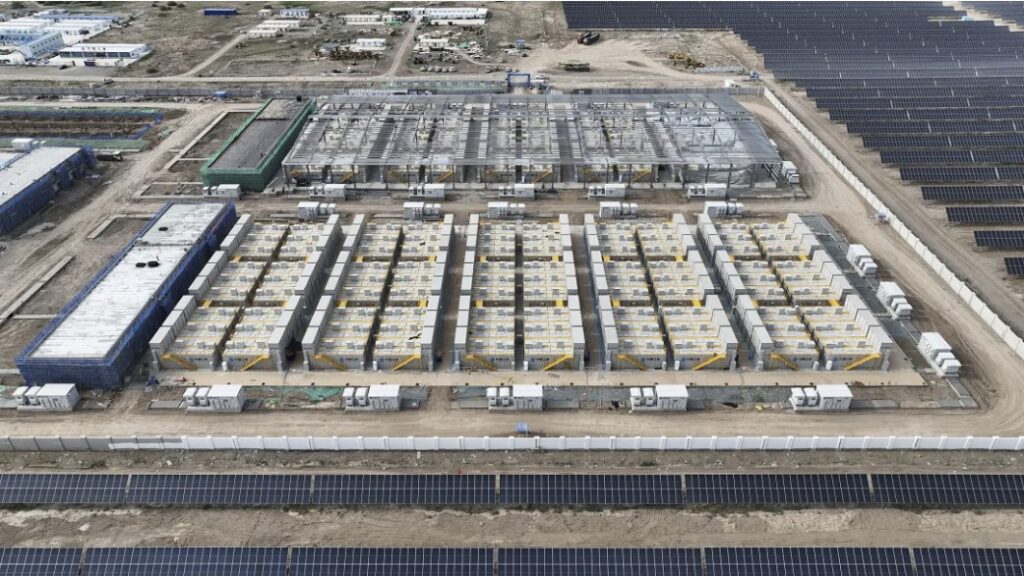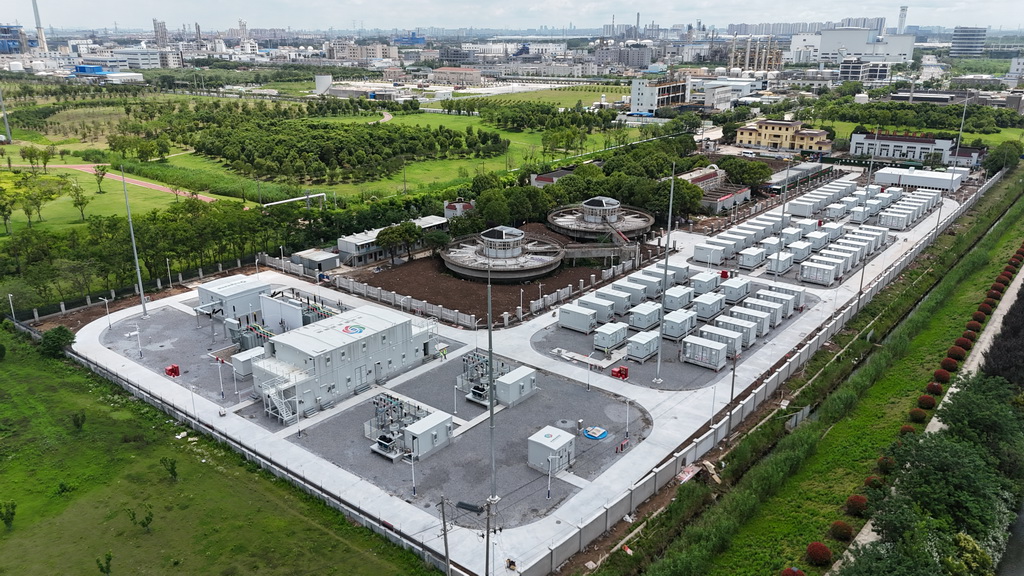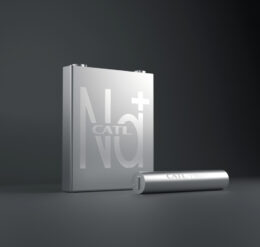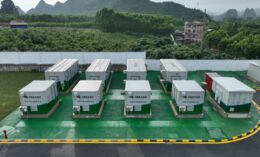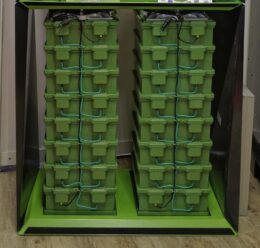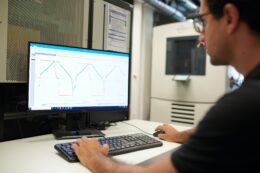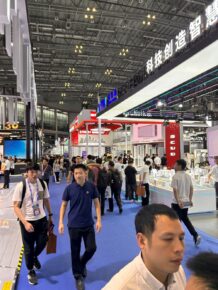Dutch start-up develops sodium-ion battery tech for solar colocation
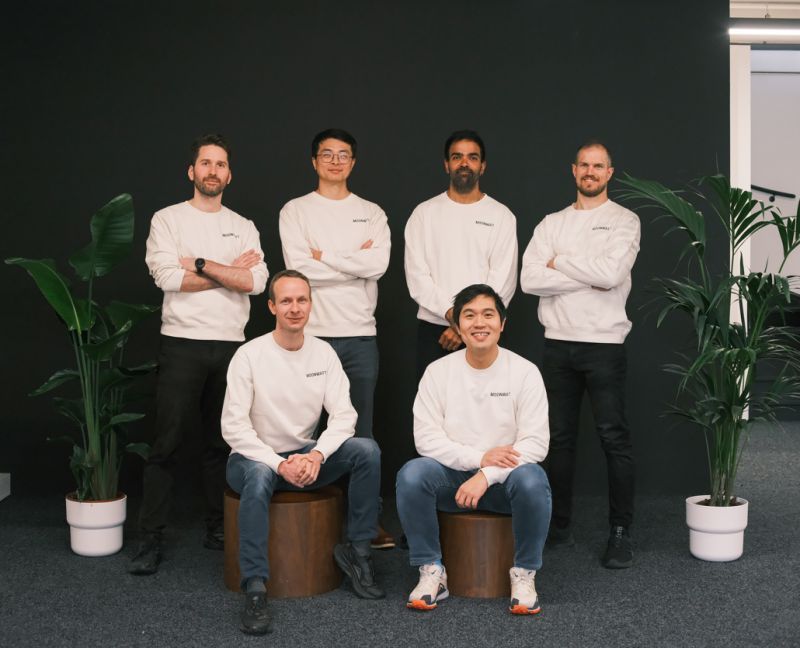
Amsterdam-based Moonwatt is set on a mission to develop sodium-ion battery technology optimized for colocation with utility-scale solar power plants as it seeks to make storage more scalable, cost-competitive, and sustainable.
“We believe it’s time to build the first “energy” ESS made by energy professionals for energy customers, starting from a blank sheet of paper rather than re-using the EV sector legacy,” Valentin Rota, co-founder and CCO at Moonwatt, tells ESS News.
Moonwatt has a scope of an energy storage system integrator. The team develops, designs and supplies string battery enclosures, string hybrid inverters, and battery management system and site controls. It procures its sodium-ion cells from across the world.
“Initially, we’re sourcing them from Asia, but we have the goal of adding American and European cell sourcing options as soon as they become available and create value for our customers,” Rota said.
Since it specializes in solar+storage applications, Moonwatt can make product design tradeoffs and tailor its systems to individual project and customer needs. “This is something that current “cookie-cutter” container solutions cannot do,” Rota said.
Moonwatt’s product is distributed across a PV plant, unlike legacy solutions which are usually sitting in a corner of the solar plant.
“We intend for our battery enclosure to be what string inverters have been to centralized inverters, a more modular and decentralized solution,” Rota says. “Because our product is decentralized, it also uses less footprint than large scale containers. This means more space available for solar panels, and therefore more revenues for our customers.”
Because of its decentralized design, Moonwatt can couple its batteries much closer to the PV panels at low voltage (LV) on the DC side. As a result, utility-scale projects can benefit from lower costs and higher revenues, the start-up says.
“We mutualize a lot of the solar project balance of plant costs (cables, switchgear, transformers, cables, etc). Overall, this leads to lower PV capex costs for our customers because they don’t need to “double” the infrastructure on-site – once for solar and once for batteries,” Rota says.
Higher revenues come from coupling on LV/DC, which translates to less solar DC curtailment and a higher PV-to-battery-to-grid efficiency. As a result, projects can sell more kWh to the grid.
Moonwatt says that its solution is primarily designed to optimize both CAPEX and OPEX for greenfield projects. On top of that, its solution can be deployed to upgrade or repower existing PV plants without the need to remove panels or acquire additional land. In so doing, the solution would be “generating additional value for PV plants beyond FiT or PPA, while also addressing grid congestion and curtailment challenges,” the start-up says.
In terms of project sizes, Moonwatt says its product is developed for large-scale deployments. “We focus on ground-mounted solar plants from a few hundred kW up to gigawatt-scale. Similar to solar string inverters, our modular architecture means that we can go from kW, to MW, to GW scale. This therefore excludes residential but includes C&I as well as utility-scale applications,” Rota says.
Earlier in March, Moonwatt closed an €8 million seed funding round ($8.3 million) to get their storage tech to market. The company is now still at at the prototyping stage and plans to deploy a pilot installation somewhere in Europe next year. First commercial deployments in the GWh+/year order of magnitude are expected in 2027.
The seed round was co-led by Daphni and LEA Partners, with participation from Founders Future, AFI Ventures, and Kima Ventures, alongside strategic business angels and customers. Commenting on the achievement, Paul Bazin, partner at Daphni, said Moonwatt’s technology is “the breakthrough the industry has been missing.”
Founded in September 2024, Moonwatt has gathered a team of industry veterans from Tesla, EDF, Siemens and Freyr Energy.
“Through our past professional experiences, we have been exposed for many years to both: the application/uses-cases side of the ESS battery industry, notably coupled with solar, i.e. “what batteries are used for”. We worked and deployed many hybrid solar+storage projects globally, notably while at Tesla Energy,” Rota says.
However, the team has also gained considerable experience in manufacturing and cell chemistry, which helped them understand the potential and pace of development of sodium-ion technology, notably its sub-family polyanions (NFPP).
“For our segment solar+storage, we believe that sodium-Ion presents great potential to lower costs and deliver greater value to our customers. Thinking medium to long term, the fact that this cell chemistry uses abundant and cheap raw materials (e.g. sodium instead of lithium; aluminum instead of copper; and no manganese, nor cobalt, nor nickel) also presents great potential to scale multiple orders of magnitude without facing raw materials scarcity,” Rota says.

